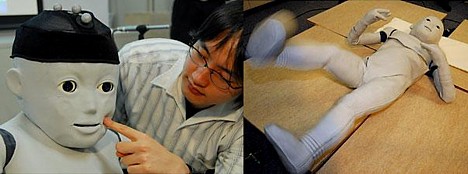
On June 1, researchers from Osaka University's Graduate School of Engineering unveiled a robot that acts like a human infant, which they hope may one day help scientists better understand the child development process.
The researchers have named the baby robot "CB2," and for now, it is designed to function as a 1- to 2-year-old child, gazing intently at its surroundings, squirming about on the floor and lighting up the room with child-like charm.
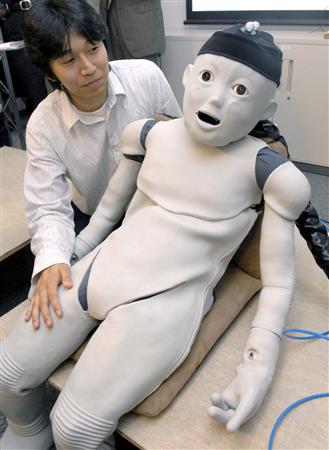 The 130 cm long, 33 kg robot features 56 air cylinders that serve as muscles. With cameras for eyes and microphones for ears, and with 197 tactile sensors embedded in the layer of soft silicone skin covering its entire body, CB2 is well-equipped to take in environmental stimuli. When CB2's shoulders are tapped, it blinks as if surprised, stops moving, and turns its gaze toward the person who touched it, and when a toy is dangled in front of its eyes, it appears to devote all its energy to trying to reach for it. CB2 also has a set of artificial vocal chords that it uses to speak baby talk.
The 130 cm long, 33 kg robot features 56 air cylinders that serve as muscles. With cameras for eyes and microphones for ears, and with 197 tactile sensors embedded in the layer of soft silicone skin covering its entire body, CB2 is well-equipped to take in environmental stimuli. When CB2's shoulders are tapped, it blinks as if surprised, stops moving, and turns its gaze toward the person who touched it, and when a toy is dangled in front of its eyes, it appears to devote all its energy to trying to reach for it. CB2 also has a set of artificial vocal chords that it uses to speak baby talk.
The researchers say that once CB2 is equipped with software that gives it the ability to learn, they will be very interested in undertaking the long-term challenge of teaching it how to walk and talk.
[Source: Asahi]
====================
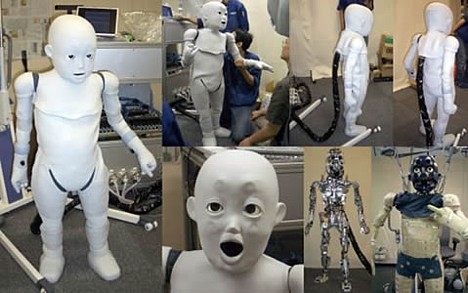
UPDATE: Check out videos of little CB2 -- whose full name is "Child-robot with Biomimetic Body." Fans of Actroid and Geminoid might recognize one of the faces in the videos -- that of robot designer Dr. Ishiguro.
Video 1: Toward the end of this report, the announcer says that within the next four years, researchers at the Japan Science and Technology Agency (JST) -- who worked with Osaka University to develop CB2 -- hope to create a slightly more advanced version of the robot that has the vocabulary and cognitive skills of a 3-year-old child. At the end of the report, the Osaka University project leader says this type of "soft" robot technology will facilitate communication between humans and robots, which will prove useful for research purposes and for developing robots that can better assist and entertain us in our day-to-day lives.
Video 2: This report also mentions that the research team hopes to eventually create a robot that children can play with.

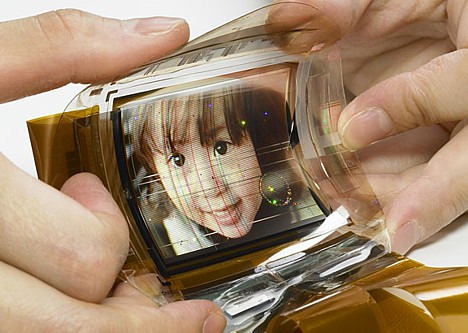
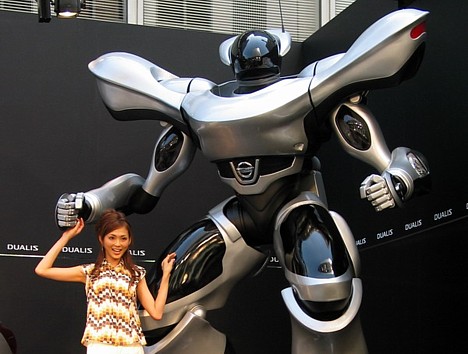
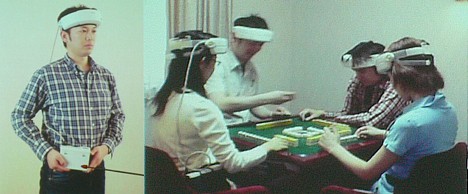
 On May 18,
On May 18,  Researchers at Gifu University's Graduate School of Medicine have developed a robotic patient that can respond verbally to questions about how it feels and move its body in ways that exhibit the symptoms of its ailment. The researchers, who
Researchers at Gifu University's Graduate School of Medicine have developed a robotic patient that can respond verbally to questions about how it feels and move its body in ways that exhibit the symptoms of its ailment. The researchers, who 
 Hakuhodo DY Group i-Business Center and IT DeSign have developed "movie QR code," a type of
Hakuhodo DY Group i-Business Center and IT DeSign have developed "movie QR code," a type of 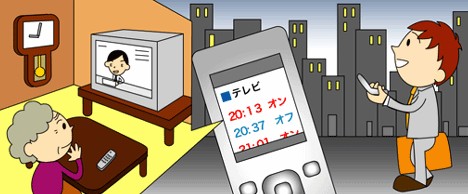
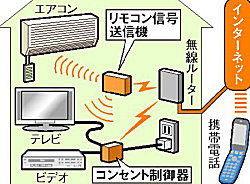 In addition to being able to control the room temperature, blast the stereo and program the video recorder -- all while outside the home -- users can also check the current operating status of each device and view records of how each device has been used. According to NTT-Neomeit, this ability to monitor device usage provides a convenient way for users to keep tabs on the activity of their elderly parents from afar.
In addition to being able to control the room temperature, blast the stereo and program the video recorder -- all while outside the home -- users can also check the current operating status of each device and view records of how each device has been used. According to NTT-Neomeit, this ability to monitor device usage provides a convenient way for users to keep tabs on the activity of their elderly parents from afar.